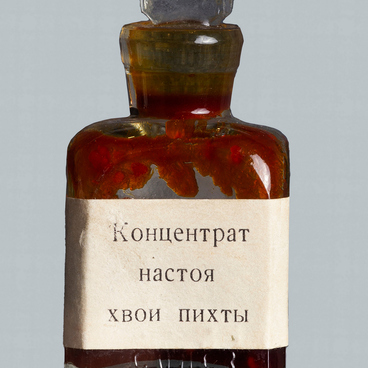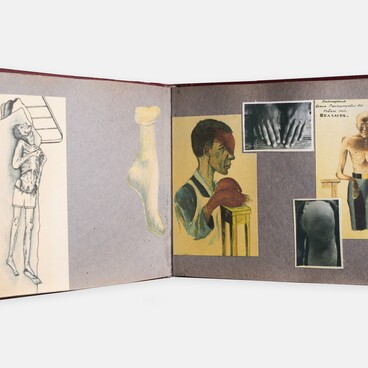During the siege of Leningrad, medical professionals, including the staff of the Sophia Perovskaya Hospital, were helping Leningrad residents fight against severe dystrophy and avitaminosis — the most common diseases of that period.
Doctors also worked as part of the local air defense unit. They rendered aid to the citizens who had suffered as a result of artillery shelling and air raids. An outpatient clinic for civilians continued to operate, while one of its floors was transformed to house surgical tables for the wounded from the Leningrad Front.
In a very short time, a comprehensive multi-level system was established, involving thousands of people. By the end of September 1941, dozens of new in-patient healthcare facilities had appeared. These were surgical hospitals of the Leningrad Frontline Medical Corps. They were designed to accommodate many wounded simultaneously.
The Medical Corps consisted of mobile and permanent units. The personnel included drivers, nurses, sanitary activists, orderlies, and doctors. They worked at the first-aid posts, stationary medical aid posts, and hospitals of the local air defense unit, which were organized at the district and city hospitals.
The mobility of medical personnel was increased by using a special bag. It was intended for rendering first aid and contained medical supplies to relieve pain, stop bleeding, and apply bandages. It also included antiseptics, emergency drugs, and a scalpel with tweezers. With the help of instruments from such a bag, a doctor could perform a simple surgical procedure, for example, primary treatment of a wound, or provide other medical aid.
If the examination of a wounded person revealed that the wound had been caused by a small fragment that is not deep inside the soft tissues, the doctor could provide first aid by using tools and medications from the bag. They could cleanse the wound, remove the fragment, and suture the wound. After that, the patient would be sent to a medical facility for further surgical treatment.
Doctors also worked as part of the local air defense unit. They rendered aid to the citizens who had suffered as a result of artillery shelling and air raids. An outpatient clinic for civilians continued to operate, while one of its floors was transformed to house surgical tables for the wounded from the Leningrad Front.
In a very short time, a comprehensive multi-level system was established, involving thousands of people. By the end of September 1941, dozens of new in-patient healthcare facilities had appeared. These were surgical hospitals of the Leningrad Frontline Medical Corps. They were designed to accommodate many wounded simultaneously.
The Medical Corps consisted of mobile and permanent units. The personnel included drivers, nurses, sanitary activists, orderlies, and doctors. They worked at the first-aid posts, stationary medical aid posts, and hospitals of the local air defense unit, which were organized at the district and city hospitals.
The mobility of medical personnel was increased by using a special bag. It was intended for rendering first aid and contained medical supplies to relieve pain, stop bleeding, and apply bandages. It also included antiseptics, emergency drugs, and a scalpel with tweezers. With the help of instruments from such a bag, a doctor could perform a simple surgical procedure, for example, primary treatment of a wound, or provide other medical aid.
If the examination of a wounded person revealed that the wound had been caused by a small fragment that is not deep inside the soft tissues, the doctor could provide first aid by using tools and medications from the bag. They could cleanse the wound, remove the fragment, and suture the wound. After that, the patient would be sent to a medical facility for further surgical treatment.


